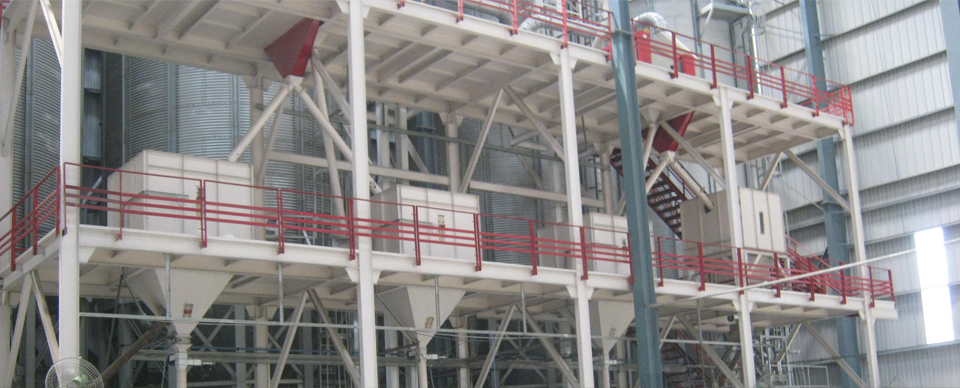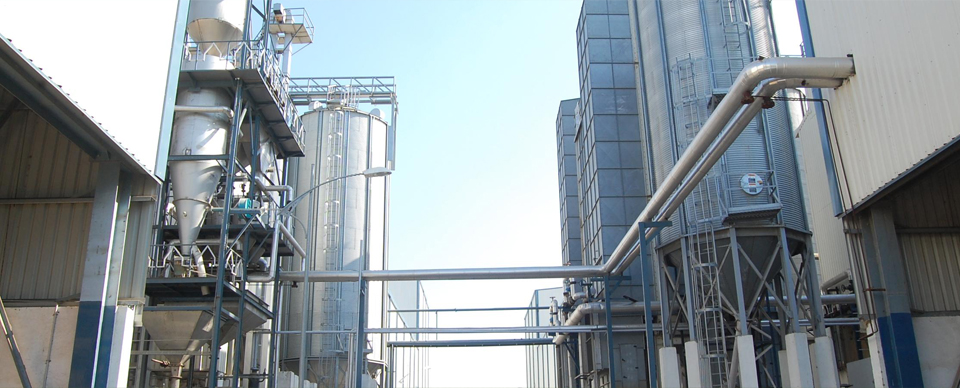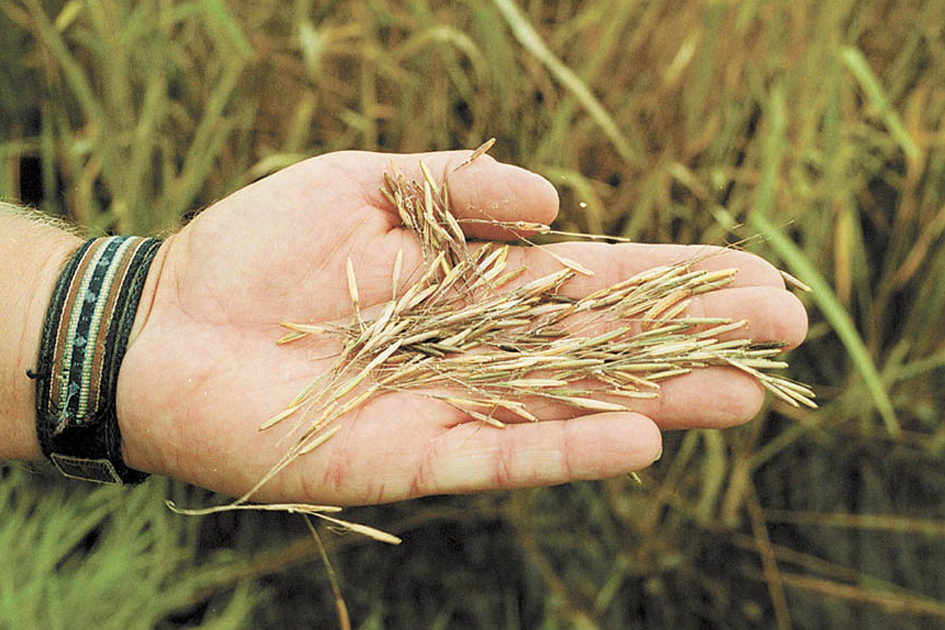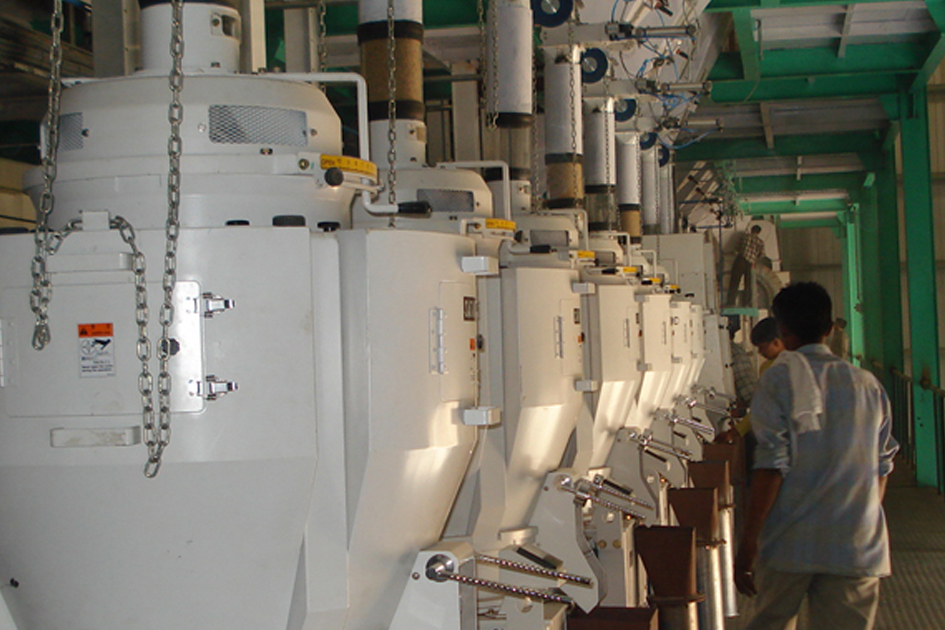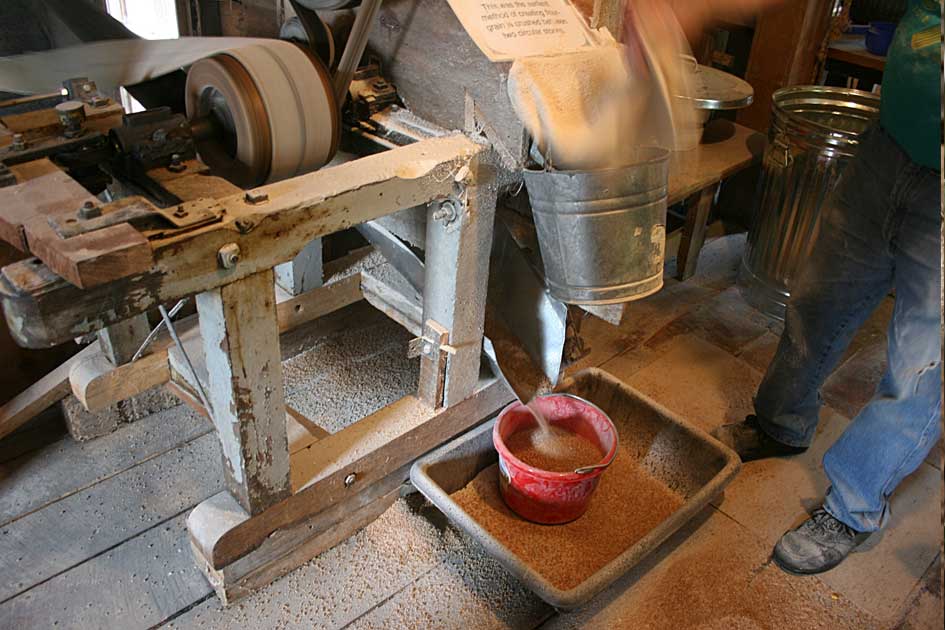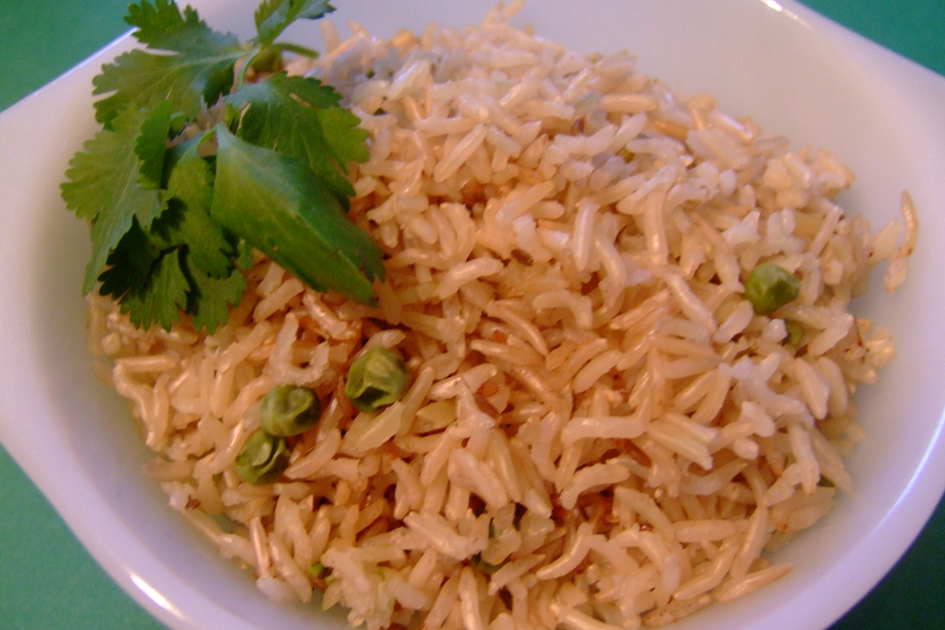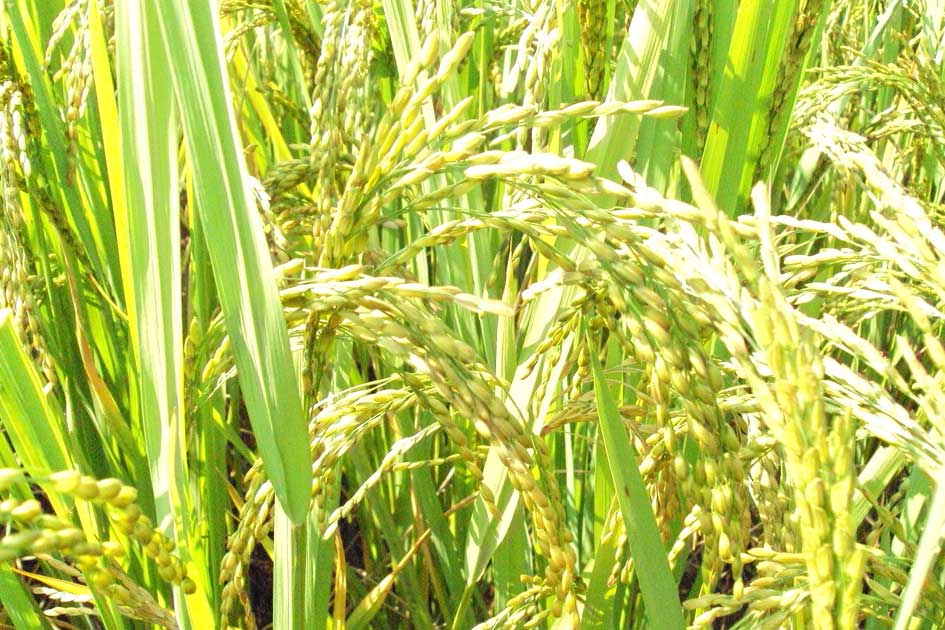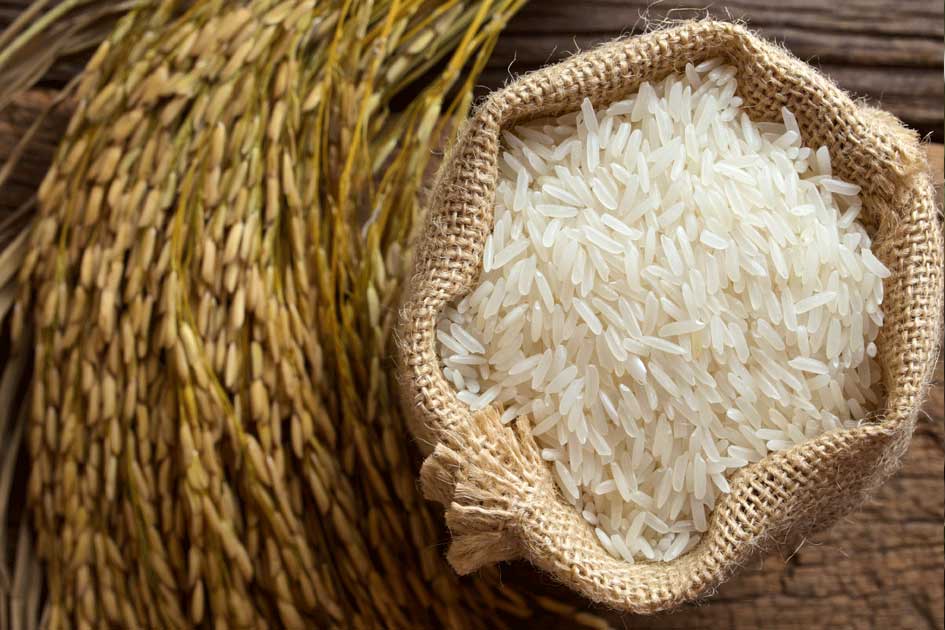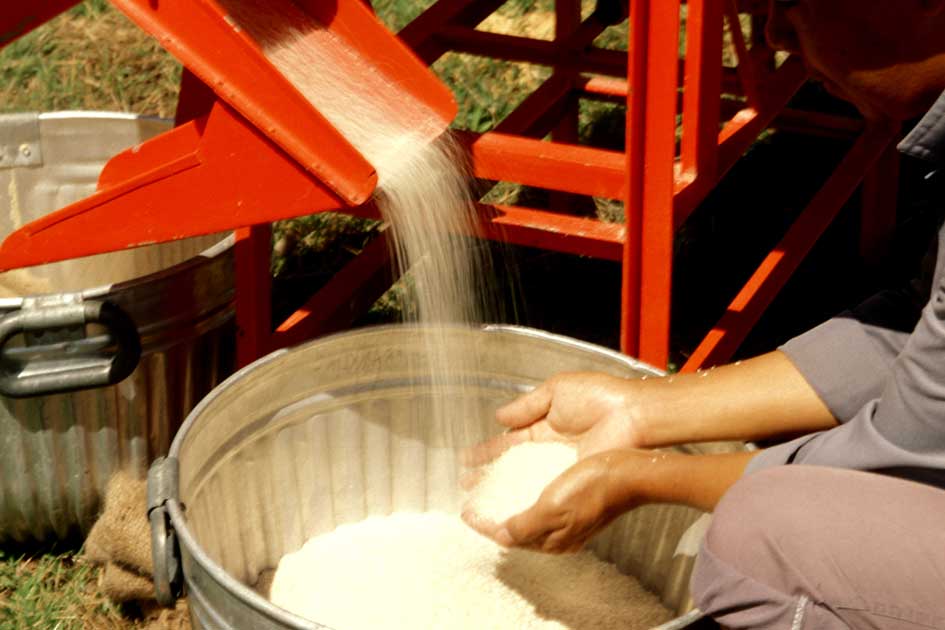Top-quality flour provides the basis for making high-quality foods. In order to transform grain into flour of unsurpassed quality, specially designed plant and equipment is needed in addition to the knowledge of the relevant process stages.
Cleaning Action
The raw grain supplied to grain mills will typically contain impurities. Before processing, foreign seeds and contaminants that have entered the grain on the field as well as during harvesting, transportation and storage must be removed. Careful separation of the impurities will ensure a high quality of the end products. The reduction of the mineral content will have an impact on the taste and odor of the product. Moreover, it allows wear to be reduced and the service life of machinery to be extended.
Efficient Grain Cleaning Solutions –
Separator Classifier
Combi-cleaner
De-stoner
Automatic moisture controller
DC Peeler
Scourer
Efficient cleaning — top-class flour results
Separating efficiency
Coarse, low-density, and high-density impurities are removed from the grain stream with high efficiency and accuracy. This lays the basis for obtaining a high-quality, top-class product.
Revolutionized sorting
Sortex checks the purity of the input product with exceptional accuracy. Within fractions of a second, foreign material is detected and removed.
Surface cleaning
This microscopic magnification shows sand grains and other contaminants on the wheat surface. Gentle dehulling enables these impurities to be removed from the grain surface.
Smart User Interface
Intelligent user guidance in conjunction with a user-friendly software allows the cleaning machines to be operated with ease as well as optimal machine settings.
Milling
With its Antares roller mill, one can set the standards in grain milling. Whether for corn (maize), soft wheat, durum, rye, barley or malt – �Antares is the ideal roller mill for all varieties of grain. The new Antares roller mill satisfies the rigorous requirements of the modern grain milling industry in terms of economy, user-friendliness, maintenance, and sanitation.
– Perfect milling
– Top sanitation
– Ultimate design
Carefully designed grinding solutions
– antares four- and eight-roller mill
– Polaris purifier
– sirius square plansifter
– Bran finisher
– Impact detacher
– Vibratory sieving machine
High Throughput, Optimal Economy
Excellent sanitation and product safety- The Novapur sieve frames of polyurethane with frame inserts of stainless steel ensure top sanitation of the sifter.
Outstanding quality Low-maintenance system components and smart designs guarantee top reliability in round-the-clock service with a consistently high grinding quality.
Solutions for High-Precision Weighing, Proportioning & Mixing
Grain and end products are retrieved from storage bins, weighed and then transferred to the production process using the weighing and proportioning technology. Continuous processes can be accurately measured and controlled by the differential proportioning scale. The micro-feeding process allows customized end products of uniform quality to be made
– Universal control system
– Outstanding precision
– High mixing quality
Bagging & Outloading, Manual and Fully Automatic Solutions
Taking bag-packing to the highest possible level of performance: solutions are synonymous with efficient bagging of end products. Whether products are packed into open-mouth bags of paper, plastic, jute, or cotton with weights ranging from 10 to 50 kg and using manual or automatic solutions.
– High bagging capacity
– Easy operation
– Dust-tight packing
Quality Assurance
Unrivaled, uncompromising quality.
There is no room for compromises when it comes to food safety. Therefore vendors offer various carefully matched solutions and systems in order to meet the high sanitation and food safety requirements.
– Integrated solutions
– Food safety
– Consistently high product quality
Reliable quality assurance solutions-
Magnetic separator
Control sifter
Sterilator
NIR DA online measurement system
Combined solutions for assuring product quality
Technology and Automation from a Single Source
Automation systems which integrally combine process technology and control engineering. This is the key to achieving the best possible production processes and thus top competitiveness – now as well as in the future.
– High operating reliability
– Standardized customer services with 24/7 support hotline
– Efficient production processes
Automation for reliable
WinCoS.r2 process control system
Control cabinets
Professional cabling
Motors and electrical installations
Grinding process control system with intuitive user interfaces
Enquire Now
 MAIL US :
MAIL US :
 CALL US :
>
CALL US :
>
